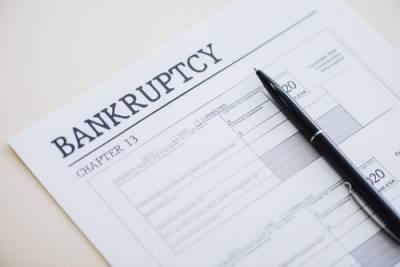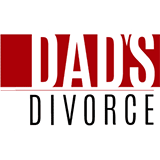Will Bankruptcy Allow Loans to Be Reduced?
 Those who are struggling to make payments on a loan or other large debts may be considering bankruptcy as an option. Chapter 13 of the U.S. Bankruptcy Code allows individuals with a regular income to reorganize their debts and establish a repayment plan over three to five years. One of the most appealing aspects of this type of bankruptcy is that it allows for cramdowns, which can reduce the amounts of certain types of loans and save debtors money.
Those who are struggling to make payments on a loan or other large debts may be considering bankruptcy as an option. Chapter 13 of the U.S. Bankruptcy Code allows individuals with a regular income to reorganize their debts and establish a repayment plan over three to five years. One of the most appealing aspects of this type of bankruptcy is that it allows for cramdowns, which can reduce the amounts of certain types of loans and save debtors money.
What Is Chapter 13 Bankruptcy?
Chapter 13 bankruptcy is a type of bankruptcy filing that allows people to keep their assets and pay off their debts over time. Unlike Chapter 7, which eliminates most unsecured debts entirely, Chapter 13 requires debtors to repay their creditors over the course of three to five years. However, the amount a debtor will be required to repay can be significantly less than what was originally owed due to “cramdown” provisions in the law.
What Are Cramdowns?
A cramdown is a provision in Chapter 13 bankruptcy that reduces the amount of secured debt owed on certain loans. A secured debt is one that is backed by collateral. For example, in an auto loan, the vehicle a debtor purchased is the collateral, and if the debtor defaults on the loan, the lender will have the right to repossess the vehicle. With a cramdown, the amount of the loan is reduced to match the market value of the collateral. This means that if a debtor owes more than what the car is worth, a cramdown can provide some relief by reducing the amount that the debtor will be required to pay to the lender over the remainder of the loan.
Who Qualifies for Cramdowns?
Not all borrowers are eligible for cramdowns; only those who file for Chapter 13 bankruptcy will have access to them. Additionally, not all loans qualify for cramdowns—mortgage loans are generally ineligible, and cramdowns will usually be limited to auto loans or other loans for personal property. An auto loan cannot be crammed down if it was taken out within 910 days before the debtor filed for bankruptcy. Other types of loans must be at least one year old before they can be crammed down.
Cramdown Benefits
The main benefit of a cramdown is that it can help reduce a debtor's monthly payments and make them more manageable. This can provide much-needed relief during tough economic times, helping a debtor get back on their feet more quickly without having to worry about unmanageable debt payments. Since Chapter 13 bankruptcy involves working with creditors to create an organized repayment plan, the damage to a debtor's credit score is likely to be less severe than if debts had been completely eliminated through Chapter 7 bankruptcy.
Contact a U.S. Chapter 13 Bankruptcy Lawyer
Even though not every loan will qualify for a cramdown in Chapter 13 bankruptcy, this option can provide significant financial relief for those who meet the criteria outlined above. Debtors who are facing unmanageable debt payments and are considering filing for bankruptcy can explore their options for cramdowns and other forms of relief by consulting with a United States Chapter 13 bankruptcy attorney. With their understanding of the applicable bankruptcy laws and the steps debtors can take to receive financial relief, a lawyer can make sure the correct steps will be taken to get a family's finances back on track.
Sources:
https://www.investopedia.com/terms/c/cramdown.asp
https://thismatter.com/money/credit/bankruptcy/cramdowns.htm
https://www.law.cornell.edu/uscode/text/11/1325#a_6
















